M. Honigberger, the Transylvanian Saxon who is considered to be the man who brought homeopathy to India, was born on 10th of March, 1795 in Brașov (Krohnstadt), Romania (in Transylvania or Siebenbürgen, as this region is known in German). He travelled to India in 1815, with the desire to become more familiar with the secrets of nature, as he confesses in the introduction of his book, Thirty-Five Years in the East (first ed.,1851, in German; English edition, 1852; Romanian edition, 2004) ; Thus, he began a series of journeys, five to the East (Orient), three others in Europe and one to Africa that lasted altogether more than 50 years . He died in December, 18th, 1869, at the age of 74, in his native town, Brașov and was buried in the Evangelic cemetery.
Honigberger was mainly an autodidact with a great desire to constantly improve himself. This desire motivated him to research the laws of nature so he could help patients by his skills and knowledge.
The fundamental rule that every doctor should respect, said Dr. Honigberger, is: “One must, as much as possible, avoid all strong doses and administer only those that, if not beneficial, at least cannot do any harm”. This principle, in the vision of the author, can be easily respected if we know the effects of medicines, both in high doses and in small doses.
Also he states : “Only minute doses can produce a real medicinal effect. If we realize that drugs administered in minute doses possess specific qualities, it is our duty to learn the principles of their use and we are obliged to abandon our principles that nurture our prejudice”.
For many years, Dr. Honigberger was the physician of the Court in Lahore (Punjab, in nowadays Pakistan) for the Maharajah Ranjit Singh. Honigberger learned from his own experience as well. He treated himself successfully for cholera, in Vienna soon after he visited Hahnemann (when he took Ipecac and was cured) and for plague, in Pali, Hindustan, when he was on his way to Lahore, for the second time. That time, he took Ignatia, a remedy he had used before in Pera (Constantinopole) during the plague epidemics.
Many of these aspects are well-known to the historians of medicine and of homeopathy, but usually, there is a great confusion concerning the person of Martin Johann Honigberger himself. In the literature, we find some confusion concerning his nationality. Many authors consider him to be a French doctor, while others believe he was a Hungarian. In fact, he was a Transylvanian saxon, which means he was of German origin. The Transylvanian axons (German: Siebenbürger Sachsen) are people of German ethnicity who settled in Transylvania from the 12th century onwards). The history of Romania, the country where Dr. Honigberger was born is not well-known abroad. Transylvania, the north-western part of Romania was for many centuries a part of the Austro-Hungarian empire, so many could indeed believe that Honigberger was a Hungarian. Another aspect that is unclear, is the place where Dr. Honigberger was buried. The documents (below) from the archives of the Black Church of Brasov- Kronstadt, Romania, will clarify the nationality of Dr. Honigberger and show how we discovered his grave, in the Evangelic cemetery of Brasov.
In 2013, I went to Brasov, sent by the Romanian Society of Homeopathy, to see if there were any documents concerning Dr. Honigberger in the archives of the Black Church of Brasov, as we knew that he died in Brasov in 1869.
Below, you can see the documents that I found in the records of the Black Church, where it is stated that Johann Martin Honigberger, doctor of the King of Lahore was buried on 20th of December 1869, at the age of 74 and that he died due to his old age:
The grave is placed at position number 9 and it belonged to a member of the Kamner family, Friedrich Kamner. I tried to see what connection could be found between the Kamners and doctor Honigberger. In another register of the archives, I found a person who seemed to be Dr. Honigberger’s sister, Johanna Maria, married to Georgius Traugott Kamner, in 1819; so, we can understand why Honigberger was buried by the Kamner family when he returned to Brasov at the end of his life.
After finding all this evidence that Dr. Honigberger was indeed buried in the Evangelic cemetery of the town, I went to see the place and obtained the approval of the authorities to put a memorial plaque on the grave, with an inscription in Latin, taken from the introduction of the book, Thirty five years in the East:
Nulla re homo-proprius accredit ad Deum quam salute hominibus danda (“Nothing gets man closer to God than the help offered to his fellow man in the restoration of health”.)
Thus, the Romanian Society of Homeopathy – Societatea Romana de Homeopatie- has done its duty and paid its tribute to the Dr Johann Martin Honigberger, this extraordinary man who lived a life of service and brought the good news of homeopathy to India.
We hope that now, people from all over the world and also from India will be able to come and light a candle at his grave, together with a thought of admiration for this brave Transylvanian Saxon who travelled so far away from his native land to spread the light of homeopathy in the world.
May God rest Martin Johann Honigberger in peace and may our gratitude be always with him!
Bibliography
- Arion Rosu- Sur les traces du Transylvain Martin Honigberger, médecin et voyageur en Inde.
- Eugen Ciurtin – Către Afganistan, din Transilvania prin Johann Martin Honigberger (1795-1869); C. Silv., 2002;
- http://www.academia.edu/425432/M emoriile_orientale_ale_lui_Johann_ Martin_Honigberger._Posteritate_istorica_si_actualitate_fictionala_Acta _Mvsei_Porolissensis_XXVII_2005_Liv iu Bordas
- Johann Martin HonigbergerTreizeci si cinci de ani in Orient, ed. Polirom, Iasi, 2004



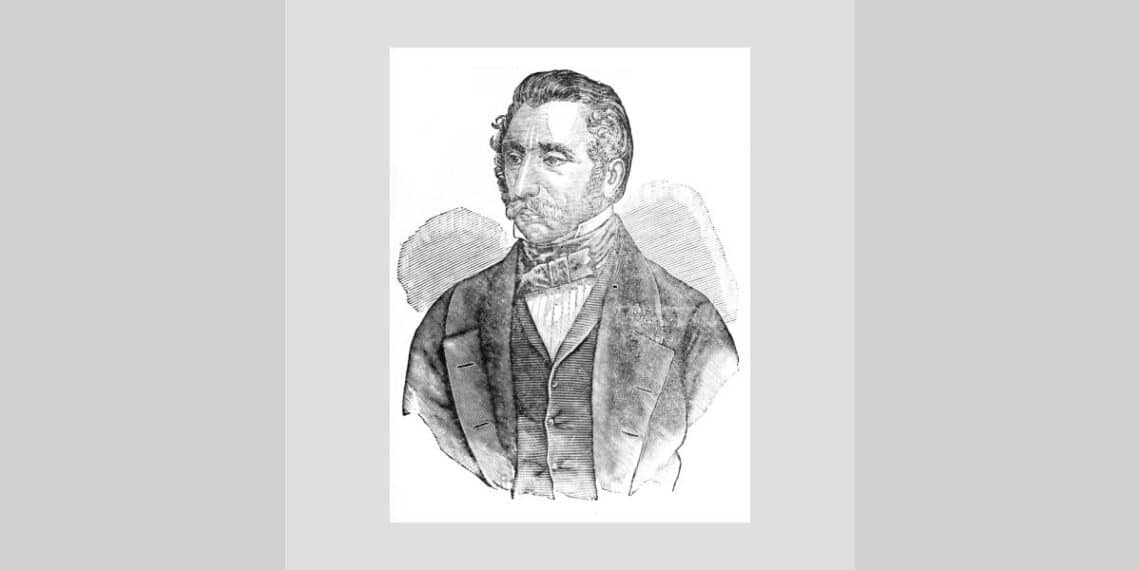
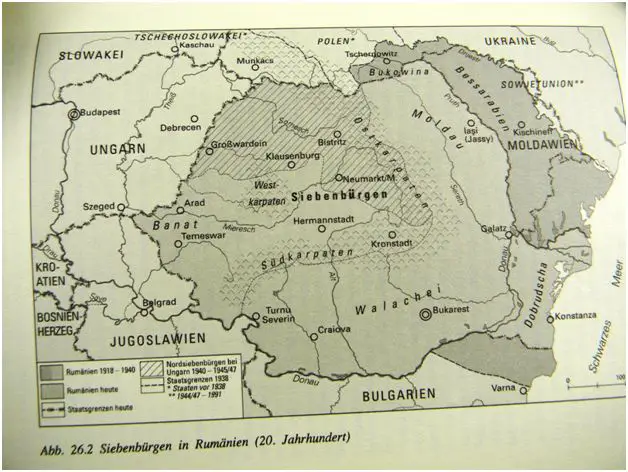
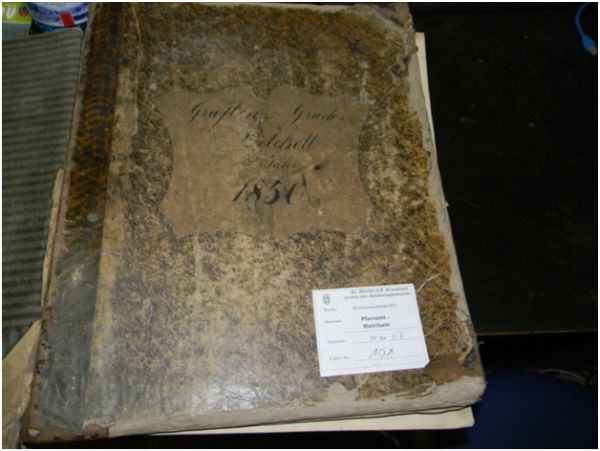

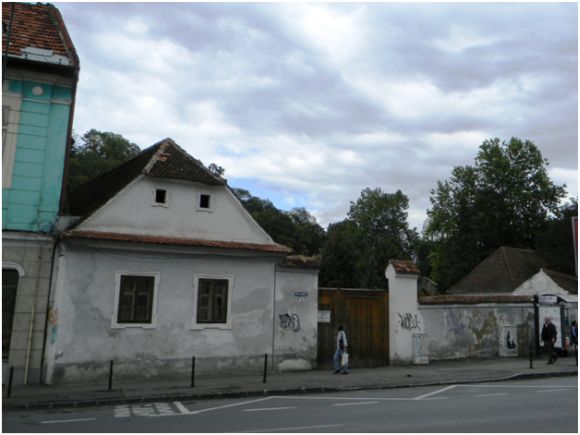
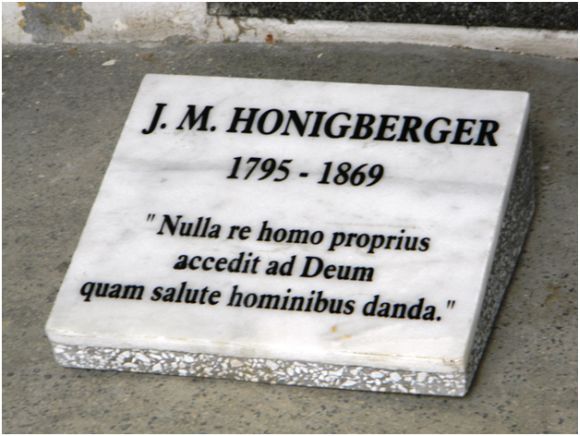


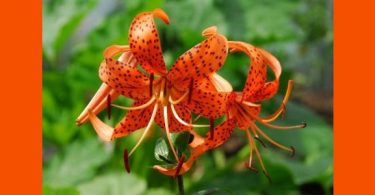
This was a lovely story and I was moved by it. Dr. Ileana Rindasu traces the history of Johann Martin Honigberger and places a a memorial plaque on the grave of the man who brought homeopathy to India.